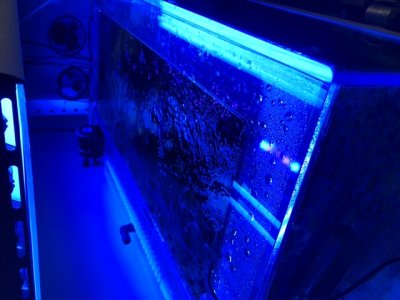Hello everybody,
I'm from the Netherlands and i want to build my own acrylic reef aquarium. Unfortunately there is allmost no info available over here what thickness acrylic i should use.
So, i want to build a 60x30x25 inch (lxdxh) aquarium, preferably rimless (but a cover lid is no problem either), how thick acrylic should i use?
Thanks in advance for the help
I'm from the Netherlands and i want to build my own acrylic reef aquarium. Unfortunately there is allmost no info available over here what thickness acrylic i should use.
So, i want to build a 60x30x25 inch (lxdxh) aquarium, preferably rimless (but a cover lid is no problem either), how thick acrylic should i use?
Thanks in advance for the help



















